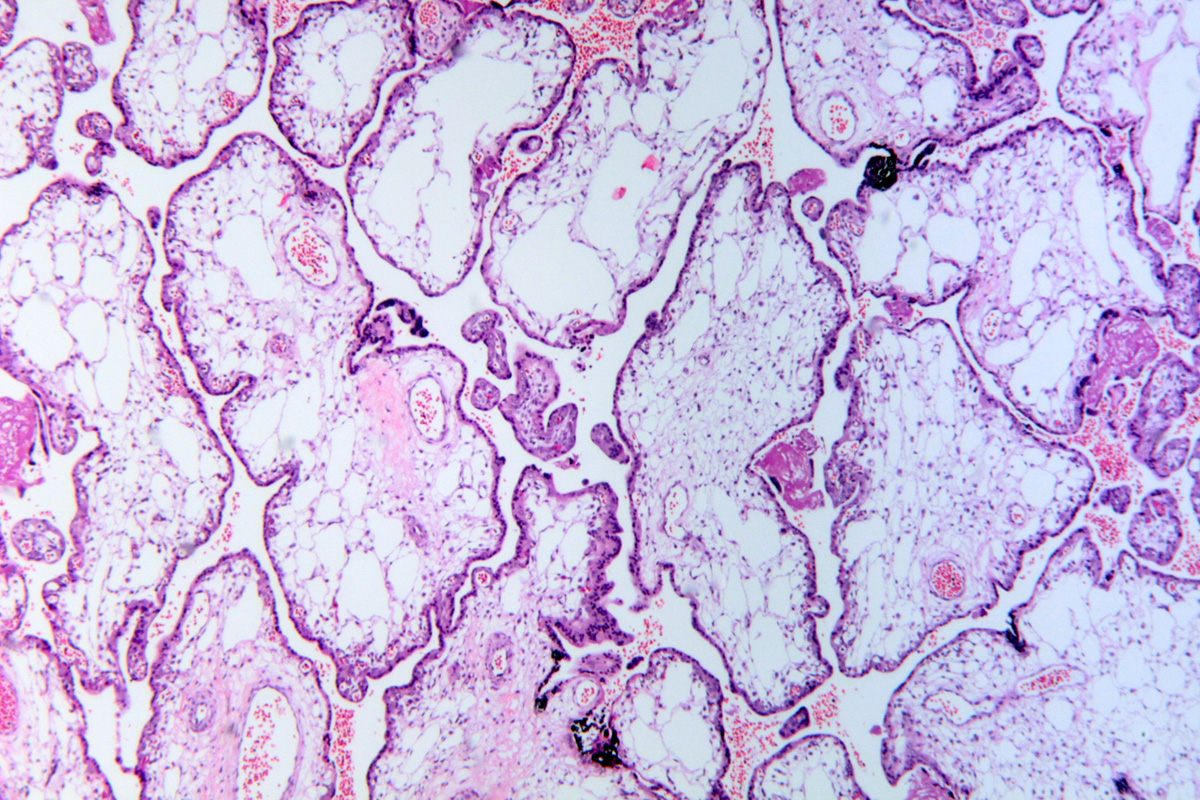
Edwards syndrome, trisomy 18, is a severe genetic disorder. In people suffering from Edwards syndrome there is one extra chromosome 18 and all the symptoms and signs of the syndrome develop as a consequence of the presence of this extra chromosome. Edwards syndrome is relatively common and it affects 1 in 3000 children. The condition got its name after John h Edwards who described the syndrome to details. This genetic disorder predominantly affects girls.
Physiology and Pathology of Trisomy 18
As it is the case in other trisomies Edwards syndrome develops due to some genetic disorder numerical errors that affect the period between two meiotic cell division stage. This leads to failure of segregation of chromosomes into new cell. The process is called non-disjunction and it eventually leads to abnormal number of chromosomes.
The very name trisomy points to the presence of an extra chromosome. Since each and every cell has one extra chromosome the effects of the disorder are seen in the entire body. Around 95% of all cases of Edwards syndrome get aborted even before the birth.
Clinical Characteristics of Trisomy 18
There are many changes in the body associated with the presence of an extra chromosome. For example, patients suffering from Edwards syndrome are mentally retarded and they have delayed brain development. Their brain simply does not function properly. Apart from cognitive changes these patients have increased muscle tone, suffer from seizures and have a variety of physical malformations.
Patients with trisomy 18 have distinctive facial features. Their jaws are abnormally small, they also have small head, low set ears, small and wide set eyes with epicanthal folds, small mouth, upturned nose and prominent back part of the scull.
In approximately 90% of all cases there is a serious congenital heart defect such as ventricular septal defect, particular septal defect, coronary valve defect or patent ductus arteriosus.
Bone malformations include clenched fist with the overlap of the 2nd and 5th finger, noticeable growth retardation, webbing, absence of radius, shorten nails etc.
And finally, patients suffering from trisomy 18 may also suffer from malformation of the digestive tract, reproductive system and urinary tract.
Diagnosis and Treatment for Trisomy 18
The doctor may assume that there is something wrong with the baby during the ultrasound that is routinely performed several times during pregnancy. However, definitive confirmation is only possible if samples of baby's tissue have been taken and chromosomes microscopically investigated.
Since this is a genetic disorder there is no cure for the condition. Most of the infants suffering from Edwards syndrome fail to survive more than 5-6 days after birth. In case of milder abnormalities the child may live up to 2-3 months. There are very few cases who had reached adolescence and eventually died due to many abnormalities.


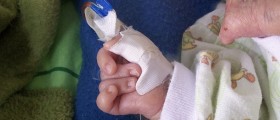


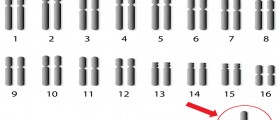


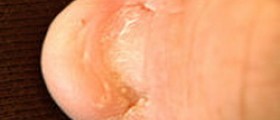


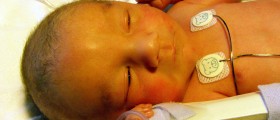
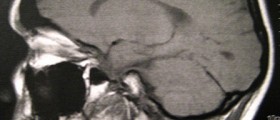




Your thoughts on this
Loading...